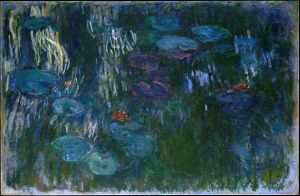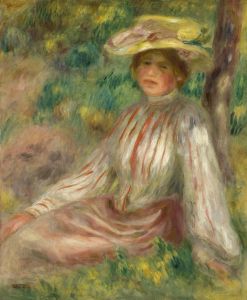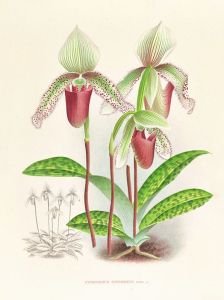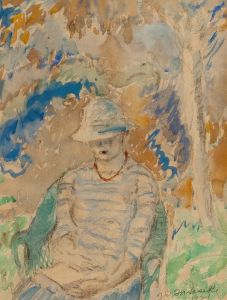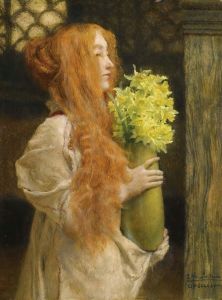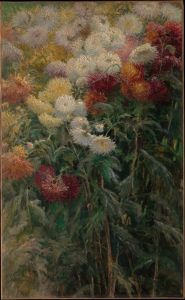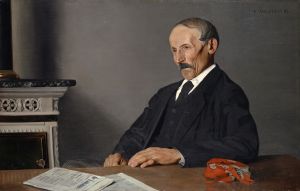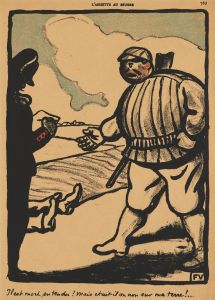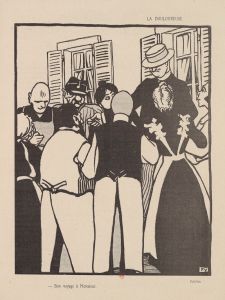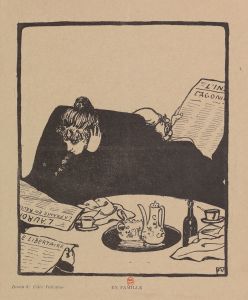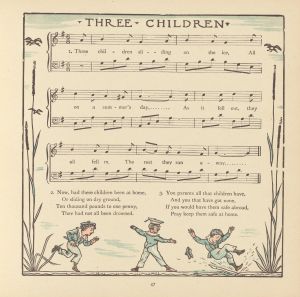
Fillettes au Bois de Boulogne ou Le Jardin
A hand-painted replica of Félix Vallotton’s masterpiece Fillettes au Bois de Boulogne ou Le Jardin, meticulously crafted by professional artists to capture the true essence of the original. Each piece is created with museum-quality canvas and rare mineral pigments, carefully painted by experienced artists with delicate brushstrokes and rich, layered colors to perfectly recreate the texture of the original artwork. Unlike machine-printed reproductions, this hand-painted version brings the painting to life, infused with the artist’s emotions and skill in every stroke. Whether for personal collection or home decoration, it instantly elevates the artistic atmosphere of any space.
Félix Vallotton's painting Fillettes au Bois de Boulogne ou Le Jardin (translated as Little Girls in the Bois de Boulogne or The Garden) is a work by the Swiss-born French artist, who was a prominent figure in the Post-Impressionist and Nabis movements. Vallotton, known for his distinctive style and sharp observational skills, often depicted scenes of everyday life, domestic interiors, and landscapes, frequently imbuing them with a sense of quiet tension or psychological depth.
This particular painting, created in 1894, showcases Vallotton's interest in capturing the nuances of human interaction and the natural environment. The scene depicts a group of young girls in the Bois de Boulogne, a large public park in Paris that was a popular recreational area during the late 19th century. The composition reflects Vallotton's characteristic use of flattened forms, bold outlines, and a limited yet harmonious color palette. These stylistic choices align with the aesthetic principles of the Nabis group, of which Vallotton was a member. The Nabis artists sought to move beyond Impressionism by emphasizing decorative elements and symbolic content in their works.
The painting is notable for its serene yet slightly enigmatic atmosphere. The children are portrayed in a natural setting, engaged in what appears to be leisurely activity, yet Vallotton's precise and somewhat detached style lends the scene an air of quiet introspection. The Bois de Boulogne, as the setting, adds a layer of cultural and historical context, as it was a space associated with both leisure and modernity in fin-de-siècle Paris.
Fillettes au Bois de Boulogne ou Le Jardin exemplifies Vallotton's ability to combine realism with a subtle sense of abstraction. His work often blurs the line between observation and interpretation, inviting viewers to consider not only the visual elements of the scene but also the underlying emotions and relationships.
The painting is held in a private collection and is not as widely known as some of Vallotton's other works. However, it remains an important example of his artistic approach during the 1890s, a period when he was actively contributing to the development of modern art through his paintings, prints, and illustrations.
This artwork reflects Vallotton's broader interest in exploring themes of human behavior, social interaction, and the interplay between people and their environments. It is a testament to his skill as an artist and his ability to capture the subtleties of everyday life with both precision and emotional depth.





